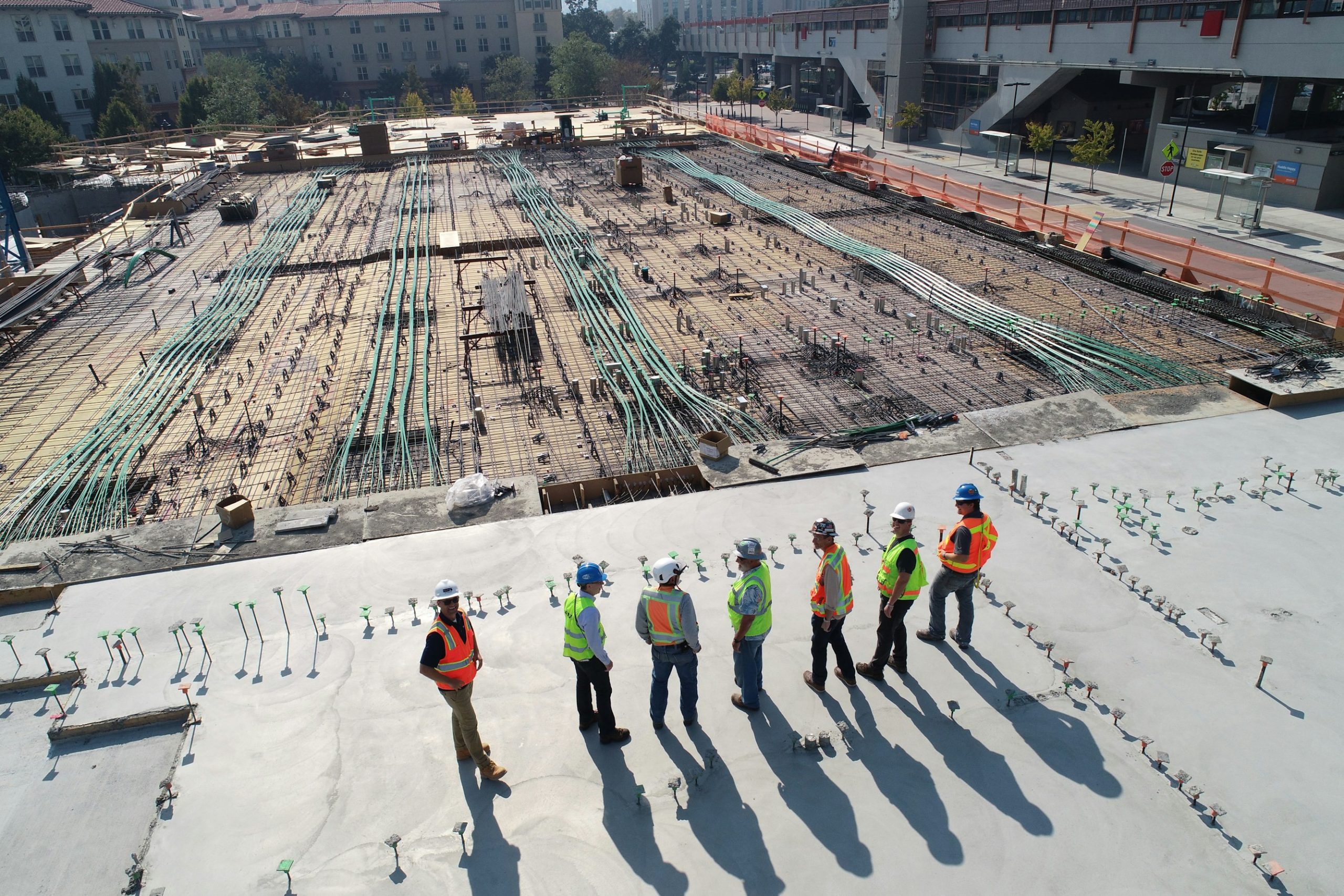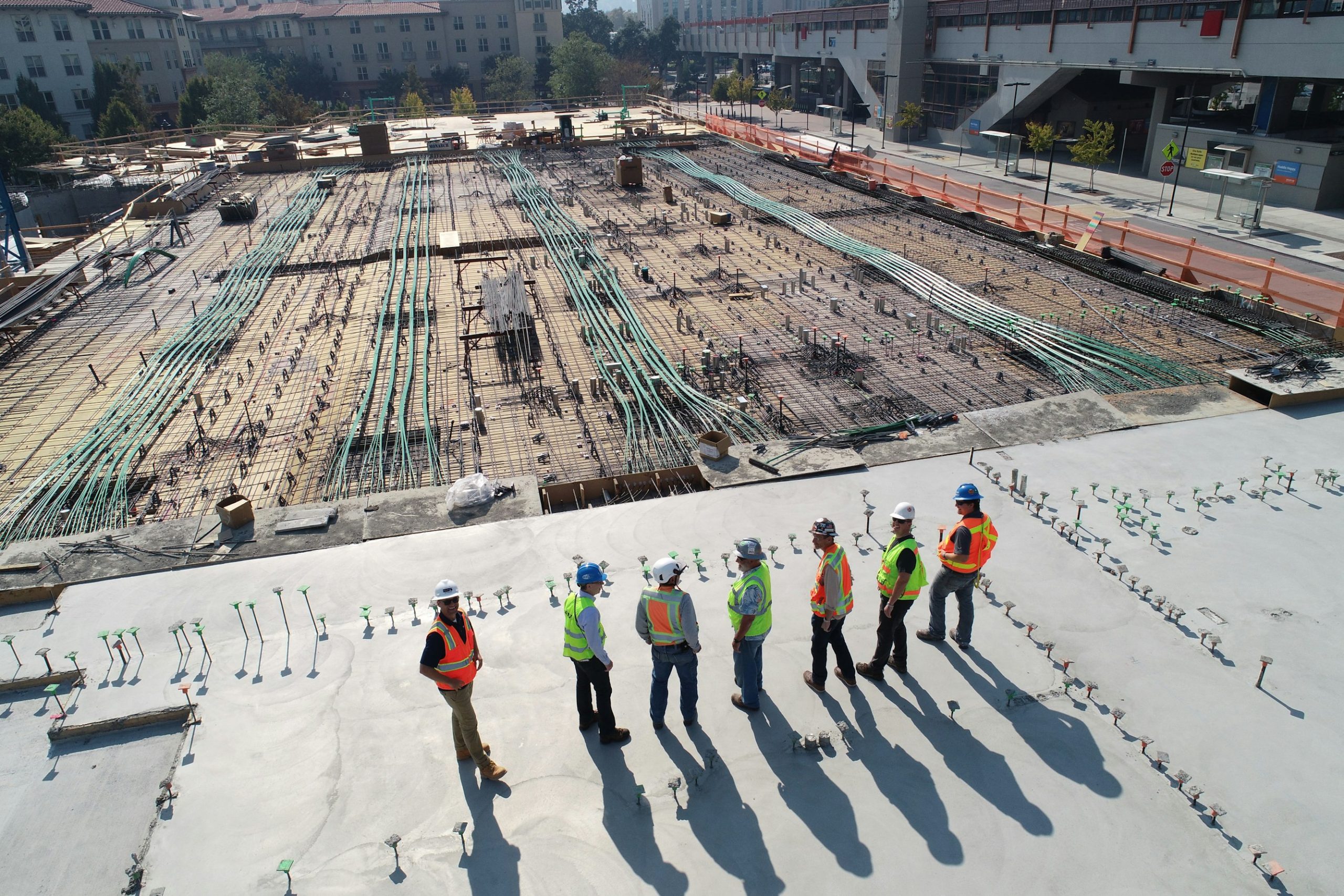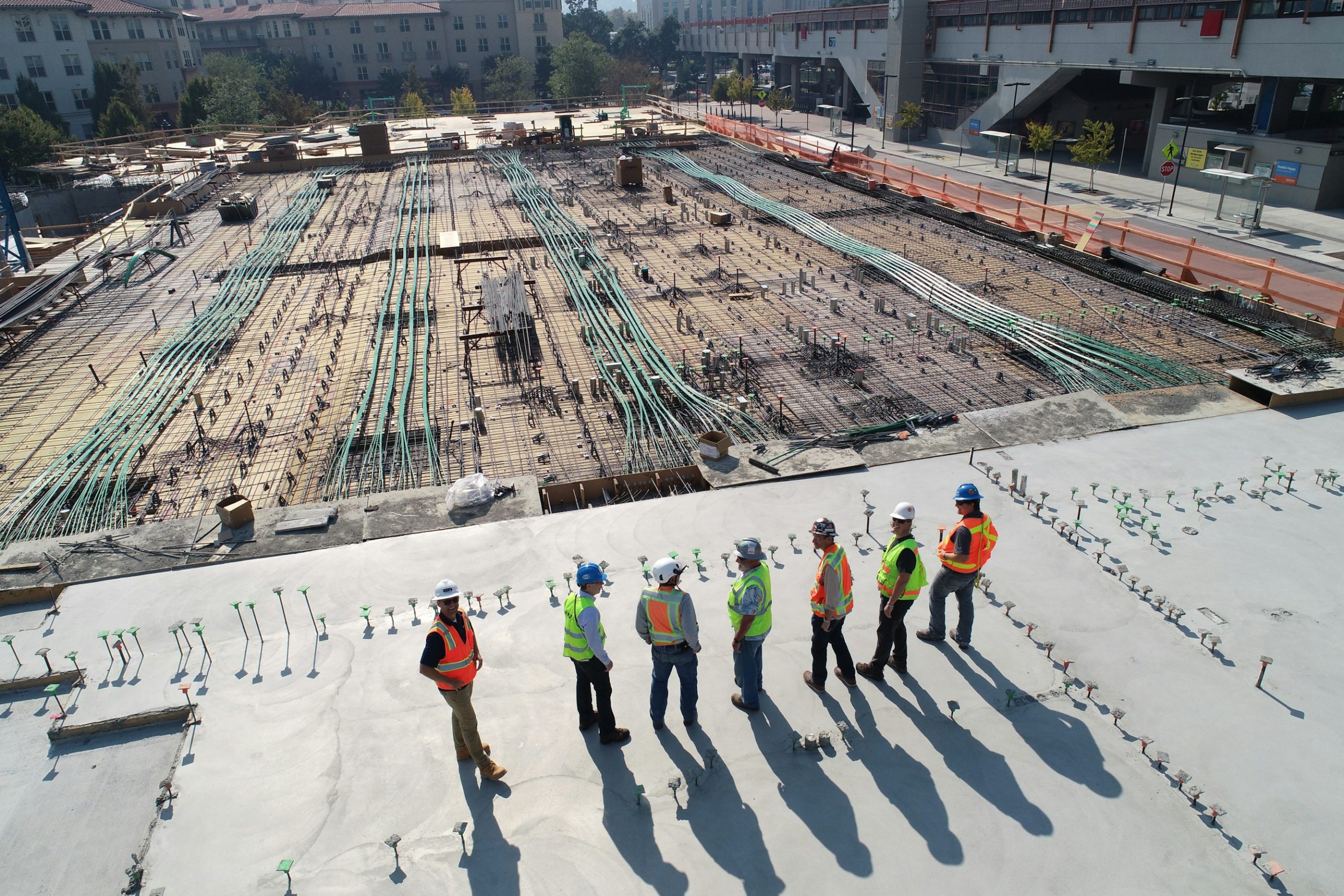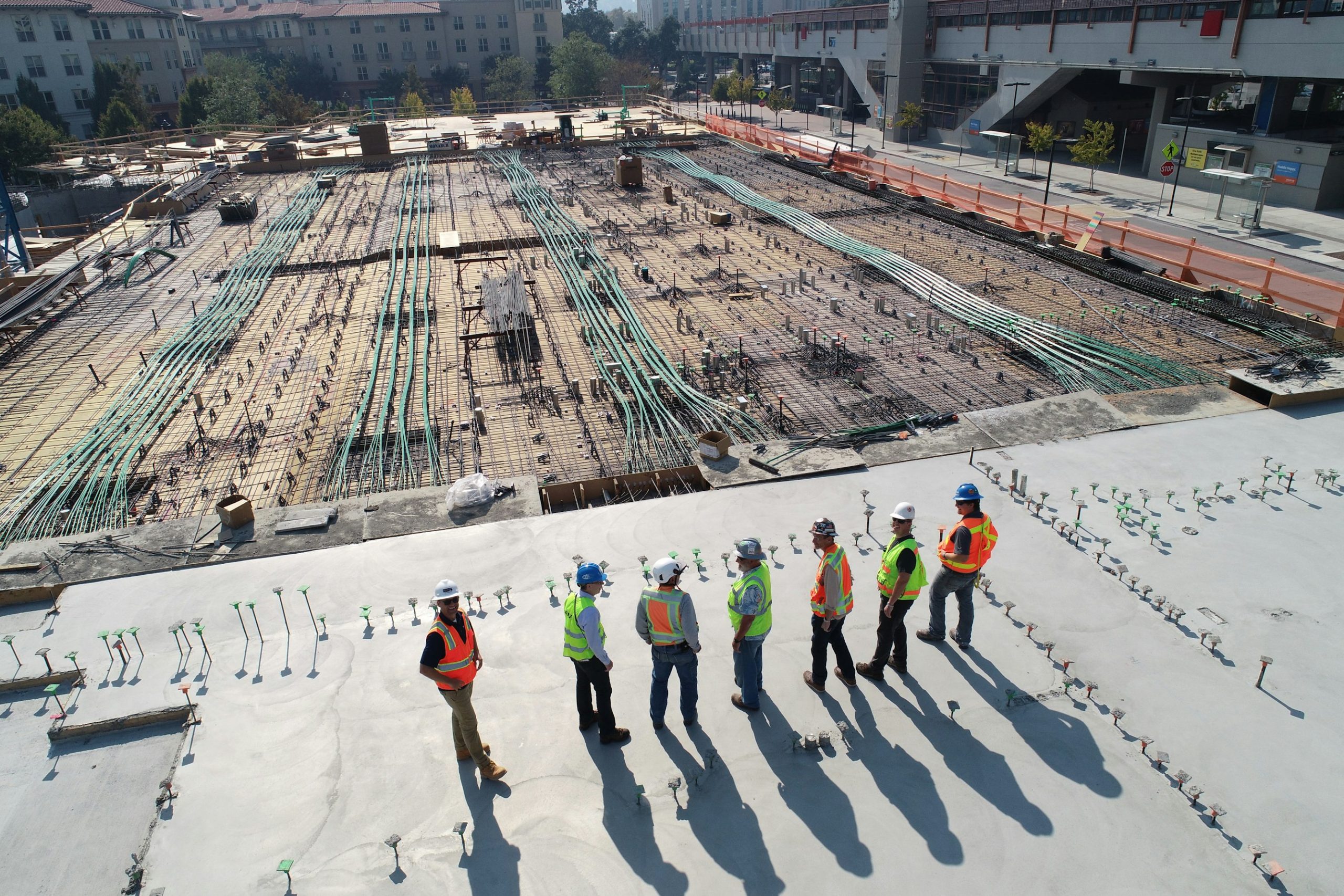Why You Can’t Rely on Consultants Alone for Risk Forecasting
Risk forecasting is a critical component of strategic decision-making in any organization, especially in construction and project management. It involves assessing the likelihood and potential impact of adverse events, which is essential for informed financial planning and risk mitigation strategies. However, while consultants can provide valuable insights, relying solely on them for risk forecasting can lead to significant gaps in your approach.
The Importance of Risk Forecasting
Effective risk forecasting enables organizations to identify potential challenges early on and develop strategies to mitigate these risks. It creates a framework within which companies can plan for uncertainties, allocate resources wisely, and make informed financial decisions. In the construction industry, where projects are often complex and multifaceted, even minute errors in risk assessment can lead to cost overruns, project delays, or catastrophic failures. This underscores the need for reliable and comprehensive forecasting methods.
Limitations of Relying on Consultants
Lack of Internal Data Access
Consultants bring a wealth of experience and expertise to the table. However, they typically lack access to the detailed internal data that an in-house team possesses. This limitation can result in less accurate risk forecasts because internal data is crucial for understanding company-specific risks. Factors such as historical project performance, team capabilities, and resource availability are often best understood by those working directly within the organization.
Continuous Monitoring
Risk forecasting is not a one-time endeavor; it requires continuous monitoring and updates to remain relevant. Managing these updates can be challenging for external consultants, especially when working remotely. In-house teams, on the other hand, are better positioned to monitor conditions and adjust forecasts in real-time. This level of responsiveness ensures that the organization remains agile amidst changing project dynamics and market conditions.
Integration into Strategic Planning
Another significant limitation of relying solely on consultants is their struggle to integrate risk management into the overall strategic planning of the organization. In-house teams, familiar with the company’s broader goals and objectives, are more adept at aligning risk management efforts with strategic initiatives. This integration promotes a proactive risk culture where risk forecasting is embedded in every level of planning and execution.
Benefits of In-House Expertise
Comprehensive Approach
By harnessing both internal and external insights, organizations can adopt a more comprehensive approach to risk forecasting. In-house teams draw on detailed understanding of their environment, allowing them to craft precise and relevant risk forecasts. This deep connection to the organization’s processes not only enhances accuracy but also instills confidence among stakeholders that risks are being carefully managed.
Advanced Solutions
Utilizing advanced solutions like Zepth can significantly enhance the capabilities of in-house teams. Zepth’s construction project management software offers a suite of tools tailored for sophisticated risk analysis, data integration, and ongoing monitoring. These features are essential for effective risk management and allow organizations to transition from reactive to proactive approaches. Platforms like Zepth enable teams to leverage real-time data, facilitating informed decisions and timely responses to emerging risks.
Best Practices and Emerging Innovations
Quantitative Information and Stochastic Models
To enhance risk forecasting accuracy, incorporating quantitative information and stochastic models is a best practice that firms should embrace. These models allow for a clearer understanding of potential variances and uncertainties within projects. Construction companies that employ these methodologies tend to experience diminished forecast errors, equipping them to handle a wider array of potential risk-related outcomes.
Data Integration and Accuracy
Ensuring data accuracy and completeness plays a vital role in reliable forecasting. Organizations must prioritize merging data from diverse sources, such as resource availability, skills, and sales pipelines, while adhering to best practices for data management. With tools like Zepth that provide a common data environment for construction, teams can streamline data collection and maintain the integrity of their forecasts.
Resource Forecasting
In many professional services, resource forecasting is heavily linked to risk management. Accurate resource planning helps to predict needs, enhance team collaboration, and mitigate risks associated with misallocated resources. Achieving this level of foresight requires robust data integration and a commitment to adhering to best practices in resource management.
How Zepth Can Help
Bridging the Gap
Zepth’s platform effectively bridges the gap between the valuable insights of external consultants and the essential internal data required for comprehensive risk forecasting. With features tailored to risk analysis, Zepth empowers organizations to enrich their in-house capabilities, leading to more reliable and accurate risk assessments. It allows teams not only to analyze past project performance but also to forecast potential risks based on current project dynamics.
Enhanced Resilience and Adaptability
By fostering internal capabilities and leveraging technology through Zepth, organizations can significantly enhance their resilience and adaptability in the face of uncertainty. This platform supports businesses in developing more accurate and responsive risk management strategies, leading to better project outcomes and overall business success.
In summary, while consultants offer valuable insights, relying solely on them for risk forecasting is inadequate due to their limited access to internal data and the need for continuous monitoring and strategic integration. In-house teams, supported by advanced solutions like Zepth, are essential for effective risk management. For more on how Zepth can support your risk forecasting needs, check out our Why Zepth? page.




